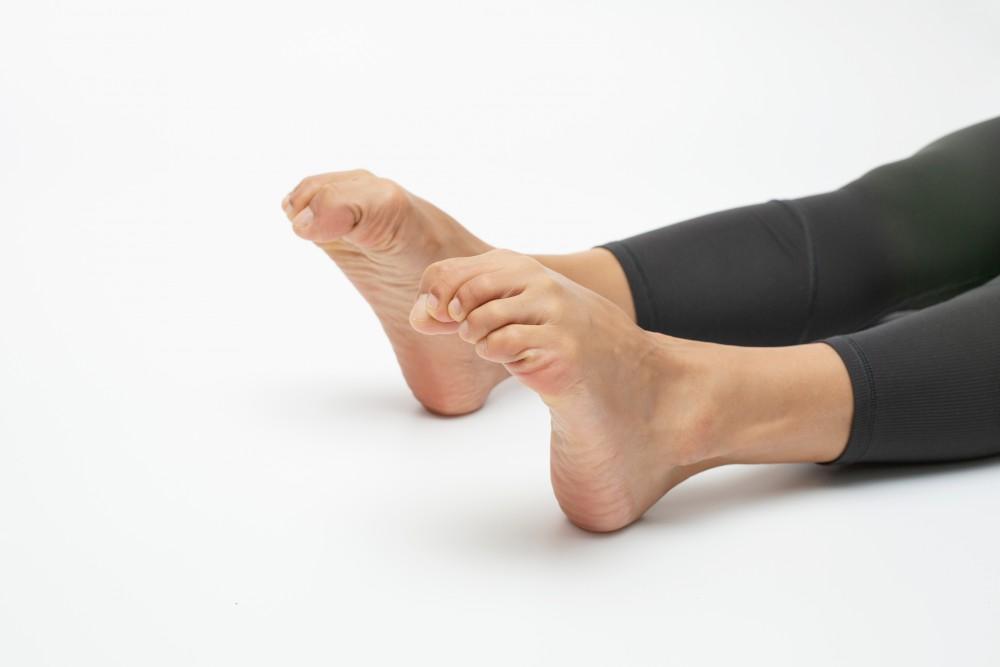
Recovering From a Fracture

Every year, millions of Americans break a bone. Despite being such a common injury, it isn’t easy to estimate what recovery looks like without assessing the fracture.
At Bahri Orthopedics & Sports Medicine Clinic in Jacksonville, Florida, our orthopedics team has decades of experience evaluating and treating fractures. Today, we’re sharing our knowledge about the different types of fractures and what you might experience during your recovery.
Types of fractures
There are several types of bone fractures. Broken bones are usually categorized by their features. For example:
Stress fractures
Stress fractures are sometimes called hairline fractures. They’re thin cracks in the bone that don’t go the whole way through the bone. Stress fractures cause pain, swelling, and stiffness, but it might not be apparent that your symptoms are due to a fracture.
Partial fractures
Partial fractures are more severe than stress fractures but still don’t go the whole way through your bone.
Complete fractures
A complete fracture goes the whole way through your bone, separating it without either piece moving out of alignment.
Displaced fractures
A displaced fracture is a severe complete fracture where a gap forms between the pieces of bone, and the bone may shift out of alignment.
Broken bones may have other characteristics that affect the severity of the injury and your treatment options. For example, you might have an avulsion where a severe injury causes a tendon or ligament to pull off part of a bone. Comminuted fractures occur when a bone shatters into several pieces. You might also get a compression fracture in your spine where a vertebra is crushed or flattened.
Broken bone treatments
Our orthopedists use a variety of surgical and nonsurgical treatments to repair broken bones. Following a diagnosis, your physician may suggest a cast or splint to immobilize or protect a bone while it heals.
If you have a displaced fracture, avulsion, or another type of advanced break, you may need surgery to reposition your bone. Your surgeon might use surgical pins or screws to secure your broken bone together while the bones heal.
In some cases, you might need traction. Traction involves external equipment, including weights and pulleys that keep your bones aligned and stretch the attached muscles and tendons.
The healing process
The broken parts of the bone must be touching for a fracture to heal. Your body forms a blood clot around the injury area, and you begin to grow new bone cells that form threads on either side of the break. The threads grow toward each other, “knitting” the bone back together.
Depending on the type and severity of your fracture, you may need up to a year to recover completely. Although on average, a bone can heal in eight weeks. You may also need physical therapy after your cast or splint comes off to rebuild strength and flexibility in the muscles and connective tissue around the injury.
Factors that affect recovery
Many factors affect your recovery, including your general health, whether you have osteoporosis, nutrition, and whether or not you smoke. If you break a bone, talk to your doctor at Bahri Orthopedics & Sports Medicine Clinic PL about how you can support your recovery with healthy choices.
Call our office or make an appointment online today if you have a broken bone and need expert orthopedic care to ensure a rapid and safe recovery.
You Might Also Enjoy...


Fracture Care: Nonsurgical Options vs. Surgery

Am I a Good Candidate For Shoulder Replacement?

Staying Active With Knee Osteoarthritis: Our Top Tips

Struggling with Ankle Instability? Here's How to Avoid Future Sprains


